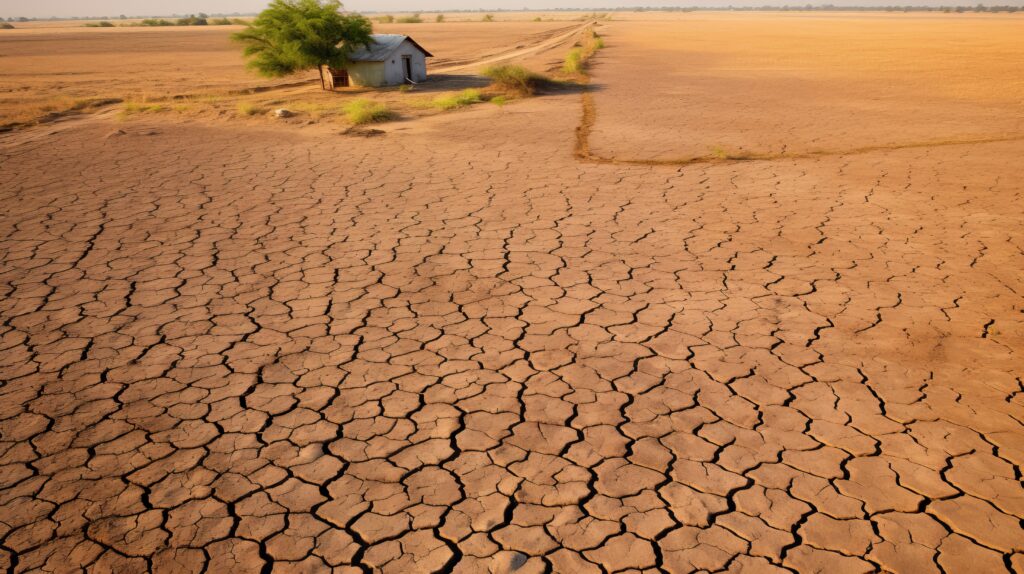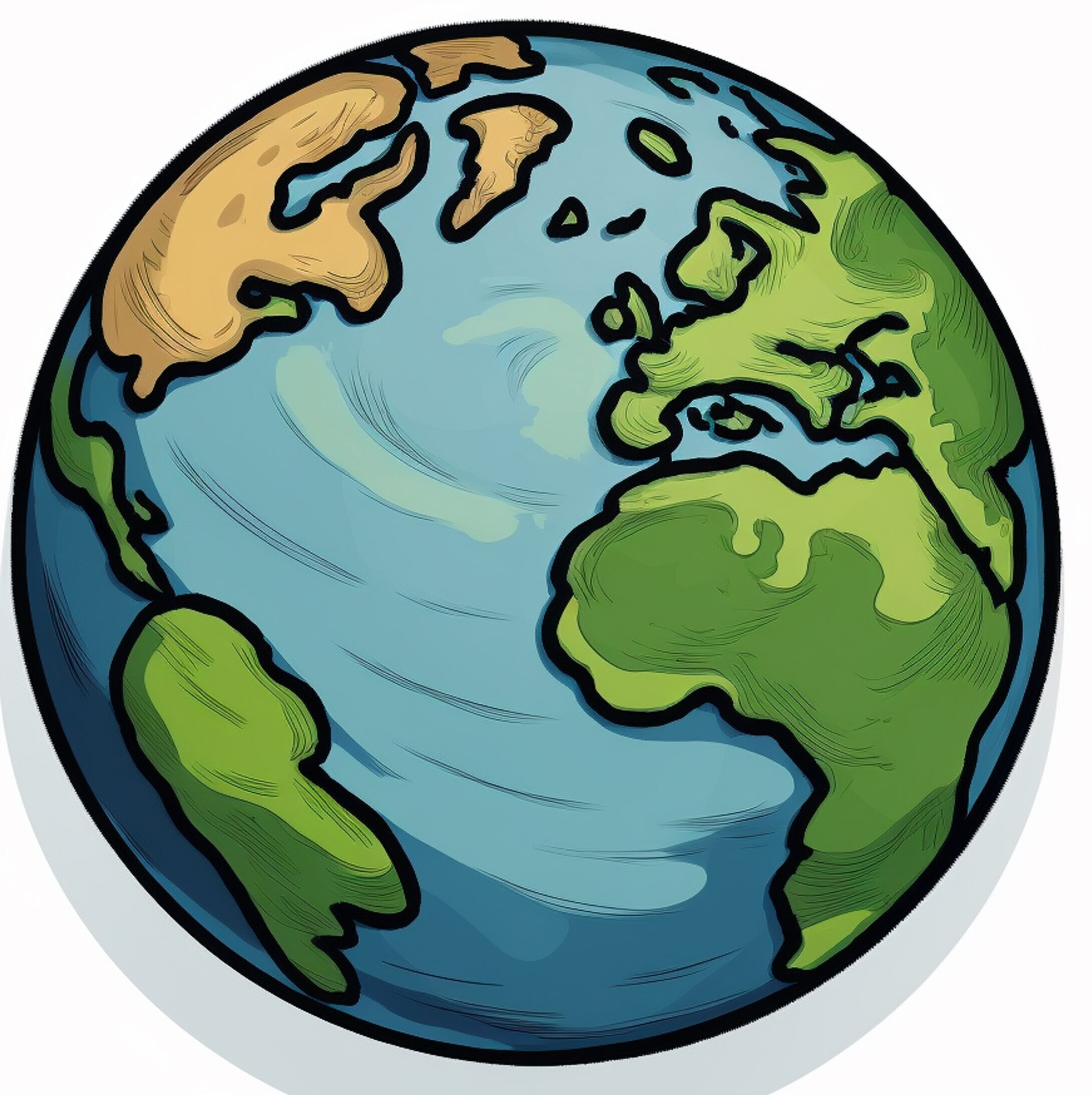Water is the foundation of life. Every living thing — humans, animals, plants — and even our industries and agriculture depend heavily on it. Yet, water scarcity is becoming an alarming issue across the globe, especially in developing countries like Pakistan. This is not just an environmental or agricultural challenge, but a looming social, economic, and public health crisis.

Causes of Water Scarcity
Water scarcity is the result of a complex combination of natural and human-made factors. Some of the key causes include:
1. Population Growth
As the global population increases, so does the demand for water. More people means more water needed for drinking, cooking, hygiene, farming, and industrial use.
2. Outdated Agricultural Practices
In many countries, especially Pakistan, irrigation systems are highly inefficient. Traditional flood irrigation methods waste a significant portion of water.
3. Pollution and Wastewater
Untreated sewage, industrial waste, and harmful chemicals are being dumped into rivers, lakes, and underground water sources, making the available water unsafe and reducing the usable supply.
4. Climate Change
Global warming has altered rainfall patterns, increased the frequency of droughts, and disrupted the flow of glaciers — all contributing to reduced water availability.
5. Lack of Water Storage Facilities
Many countries, particularly in South Asia, lack sufficient dams and reservoirs to store rainwater or seasonal flows from glaciers, leading to massive water loss.
Solutions to Water Scarcity
While the problem is serious, there are practical and effective solutions that can help tackle water scarcity if implemented with dedication and foresight.
1. Building Water Reservoirs
One of the first steps is storing water efficiently. Countries like Pakistan receive a huge amount of water from rainfall and glacier melt, but only a small portion is stored. Constructing new dams and small reservoirs is critical. Projects like the Kalabagh Dam, although controversial, should be revisited through national consensus.
2. Modernizing Agriculture
Since agriculture uses over 70% of freshwater globally, upgrading irrigation techniques is vital. Drip irrigation and sprinkler systems deliver water directly to the roots, reducing wastage. Governments should subsidize such systems and educate farmers on their use.
3. Rainwater Harvesting
Capturing rainwater from rooftops and buildings in urban areas is an affordable and sustainable solution. Countries like Australia, India, and Brazil have successfully adopted this method. Municipal policies can encourage citizens to install rainwater harvesting systems in homes and offices.
4. Pollution Control and Wastewater Treatment
Strict regulations should be enforced to prevent industries from dumping untreated waste into natural water bodies. Simultaneously, cities should invest in wastewater treatment plants to recycle and reuse greywater for agriculture and landscaping.
5. Public Awareness and Education
Saving water is not just the government’s responsibility — every individual must play a role. Simple habits like turning off taps when not in use, using buckets instead of hoses to wash cars, or fixing leaking pipes can make a huge difference. Schools, colleges, and media should lead awareness campaigns to spread this message.
6. Recycling Used Water
Recycling wastewater is a proven solution already in use in countries like Israel and Singapore. Treated wastewater can be used for agriculture, industrial processes, and even drinking purposes after proper filtration. Investing in such infrastructure can help cities survive growing water demand.
7. Regional Cooperation
Transboundary rivers are often a source of conflict between neighboring countries. India and Pakistan, for instance, share several rivers under the Indus Waters Treaty. Strengthening diplomatic ties and ensuring fair implementation of such agreements is essential for regional water securit


